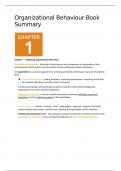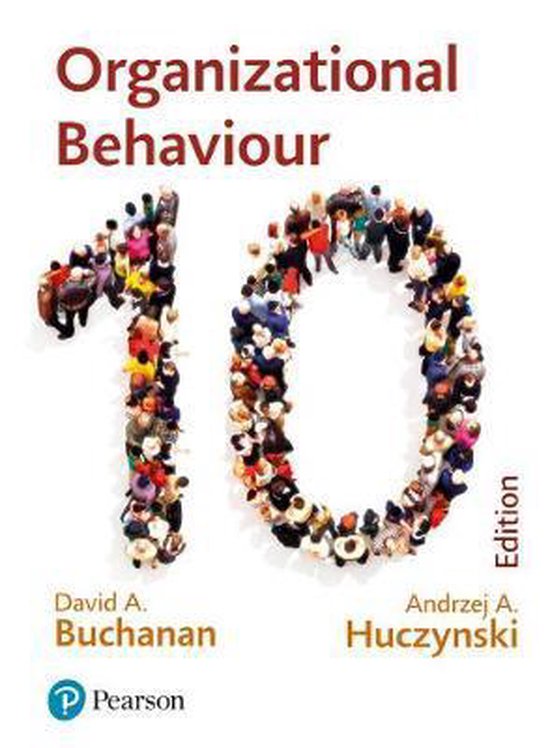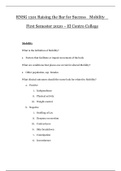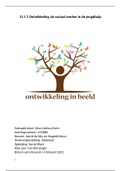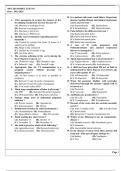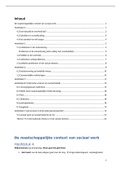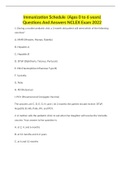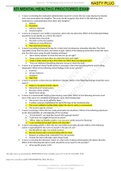Samenvatting
Book Summary Organizational Behaviour - 422057-B-5 Tilburg University
- Instelling
- Tilburg University (UVT)
Organizational Behaviour Book summary course Organizational Behavour 422057-B-5 Tilburg University Chapter 1, 4, 5, 6 ,7 , 9, 10, 11, 12, 13, 18, 20, 21 ,22 ( all needed chapters for course)
[Meer zien]
